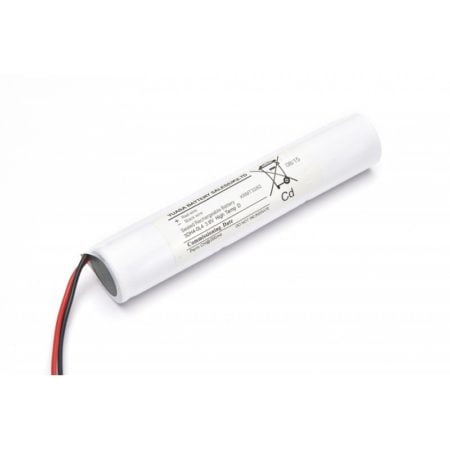Test your Emergency Lighting after the hot weather

Most UK emergency lighting is not designed to withstand prolonged periods of extreme heat. Inside a self contained emergency light the temperature can rise rapidly with been exposed to full sun all day. The luminaire will generate some of it’s own heat from the control gear and the light itself and if it is in a IP rated housing that heat has no where to go.

The component inside that will suffer the most is the battery, they are designed to withstand short periods of heat and still provide three hours of emergency lighting. This is one of the reasons that the batteries need changing every 3 to 4 years to ensure that the 3 hour duration is achieved. But when it has been exposed to high temperatures over and over again, that degradation is increased and the battery may need to be replaced sooner.
Even though a full duration test may not be scheduled for a few months, it is a good idea to do a test early to see if the batteries can still provide you with 3 hours emergency lighting.

